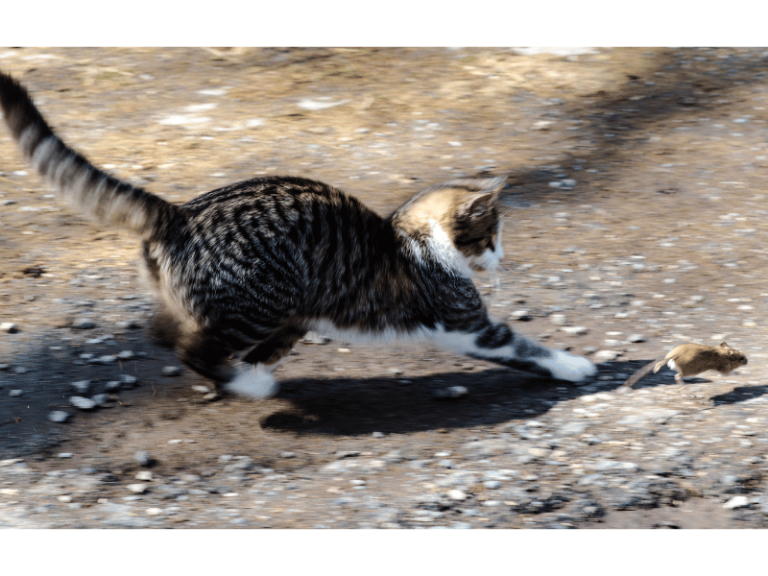At night, when people have gone to sleep, cats become busy. They climb up and jump down, chase here and run there. Watching their tense yet agile mouse-hunting posture would surely make you believe they can catch quite a few mice.
However, if you shave off a cat’s whiskers, it becomes somewhat clumsy and sometimes can’t even catch a mouse.
Have you ever experienced this? When a fly lands on your eyebrow, you immediately reach up to shoo it away. What’s going on? It turns out that these stiff eyebrows act as small levers. When a fly lands on them, it moves these levers, which is significant. At the base of these levers are “scouts”—tactile receptors—that quickly transmit this “emergency information” through a complex network of nerves to the “command center”—the nervous system. The reason your hand reaches up to shoo the fly away is due to an order from the command center.
A cat’s whiskers function similarly to eyebrows. Before entering a hole, if the whiskers touch the edges of the hole, it indicates that the hole is too small, making it difficult to run fast or move through to catch a mouse. If the whiskers don’t touch the edges, the cat knows it’s a spacious hole. The distance between the tips of a cat’s whiskers on either side is proportionate to the size of its body, making them a perfect “caliper.”
As the saying goes: “To do a good job, one must first sharpen their tools.” If a cat loses this caliper, it naturally becomes difficult for it to catch mice.

